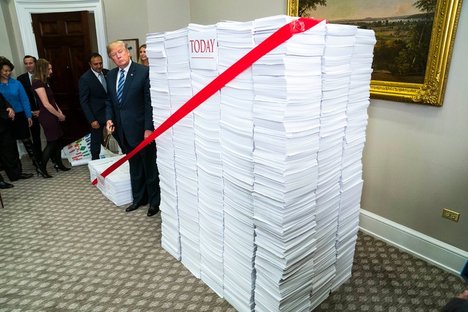(p. A18) The ubiquitous, easily torn, often doubled-up plastic bags from the grocery store — hoarded by dog owners, despised by the environmentally concerned and occasionally caught in trees — will soon cost at least a nickel in New York City.
The City Council voted 28 to 20 on Thursday to require certain retailers to collect a fee on each carryout bag, paper or plastic, with some exceptions. Mayor Bill de Blasio has expressed support for the measure.
. . .
Mr. Bloomberg offered a proposal in 2008 for a 6-cent bag fee — 5 cents for stores; a penny for the city — before dropping it several months later amid strong opposition. At the time, one of the opponents on the Council was Simcha Felder, a Brooklyn Democrat who is now a state senator. Last month, Senator Felder introduced a bill that would prohibit the levying of local fees on bags; it passed a committee this week.
In discussing his opposition this week, Mr. Felder traced the 200-year history of how people have carried their groceries home, progressing from cloth bags to boxes to paper to plastic, and said that reusing bags presented a health hazard. He said he would hold a hearing on his bill in the city next month.
“That’s nothing less than a tax on the poor and the middle class — the most disadvantaged people,” he said.
Opposition to the measure has also come from the plastic bag industry — via its lobbying arm, the American Progressive Bag Alliance — as well as from those who, like Mr. Felder, said the fee amounted to a regressive tax, disproportionately affecting low-income and minority New Yorkers . . . .
For the full story, see:
J. DAVID GOODMAN. “Council Approves a Fee on Checkout Bags.” The New York Times (Fri., May 6, 2016): A18.
(Note: ellipsis added.)
(Note: the online version of the story has the date MAY 5, 2016, and has the title “5¢ Fee on Plastic Bags Is Approved by New York City Council.”)

